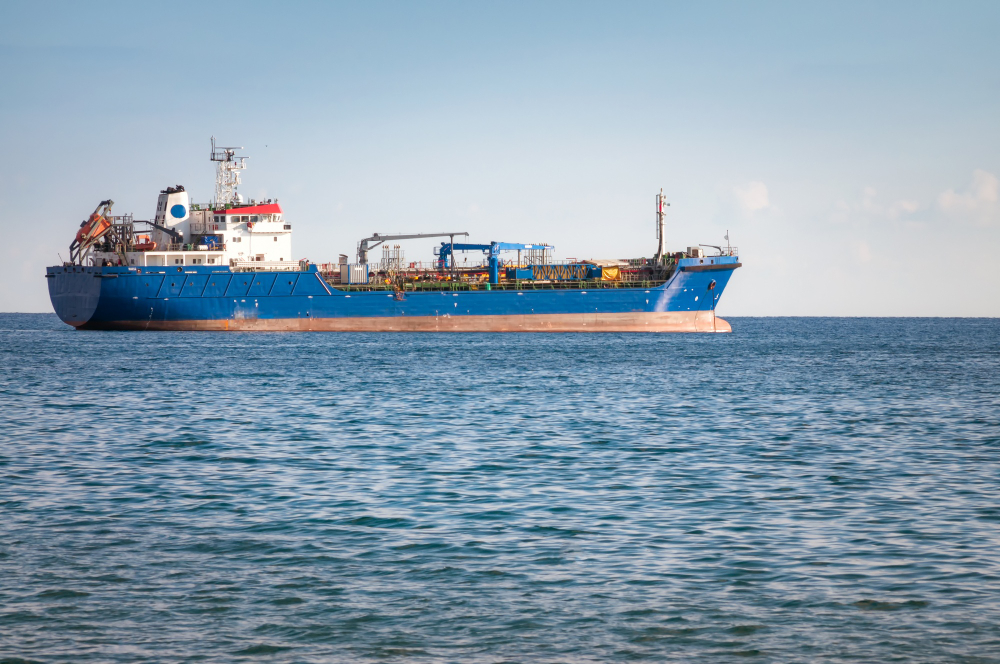The Limitation of Liability, aka the “Titanic Law,” has been in the news since the M/V DALI crashed into the Francis Scott Key Bridge. On April 1, 2024, the owners of the M/V DALI, Grace Ocean Private Limited and Manager Synergy Marine PTE LTD, filed a Petition for Exoneration From Or Limitation of Liability in the Federal Court in Baltimore, Maryland.
This filing can have devastating consequences for the families of the victims of this disaster, as well as countless others impacted financially from the accident. To understand why, we need to look at the effects that can result from invoking this ancient maritime law and the ways those effects can be defeated legally.
What Does this Filing Mean?
The Limitation of Liability filing allows a vessel owner to limit damage claims from an accident to the value of the vessel plus its freight, regardless of the damage caused or the amount of insurance coverage available. The vessel owner must be able to prove it lacked knowledge of the problem that led to the accident.
In their petition, Grace Ocean and Synergy Marine allege that the value of the M/V DALI at the conclusion of the voyage, after the accident, is $43.6 million. They further allege that the allision with the bridge was not due to any fault, neglect or want of care on their part. By filing the Petition for Limitation of Liability, despite having insurance coverage worth hundreds of millions of dollars, the owners are trying to cap a payout of all the claims to $43.6 million, which is the current value of the vessel. This is referred to as the Limitation Fund.
This means that even though experts value the losses from the accident at $2-4 billion, the maximum amount that the vessel owners and their insurers would have to pay is only $43.6 million.
The Victims Can Defeat this Limitation but They Need to Act Swiftly and Effectively
Those suffering losses from the accident are known as claimants in this legal proceeding. They include the families of the six workers who died, the two injured bridge workers, and thousands of others affected such as businesses claiming lost profits, workers claiming lost income, and the Government claiming costs for removing and replacing the Francis Scott Key Bridge.
Anyone who has a claim must file an answer and claim by the Court-ordered deadline of September 24, 2024. If a claim and answer are not timely filed, a claimant will be barred from bringing any claim in the future. All claims will be handled in one proceeding because the Court has ordered any lawsuits already filed against the owners to be stayed, and the filing prohibits the commencement of new claims or further prosecution of any claims or causes of action against the owners.
The Limitation of Liability Act is an arcane law that places a greater burden on victims and provides a defense that can enable negligent vessel owners to escape liability over the sinking of ships or other maritime disasters. To defeat a Petition for Limitation of Liability and have it dismissed, the claimants have to prove that Petitioners Grace Ocean and Synergy Marine had privity or knowledge of the negligent acts.
What the Court Will Consider
The decision about whether to allow a Petition for Limitation of Liability is decided by a judge, not a jury. Chief Judge James K. Bredar will determine whether the owners had knowledge of the defects and rule on the Petition for Limitation of Liability.
More than likely, the legal discussion over negligence will focus on the following issues:
- The repair and maintenance records of the propulsion system and all equipment on the vessel;
- The causes of the M/V DALI’S prior crash into a quay at Port of Antwerp, Belgium and whether steps were taken to prevent further collisions/allisions
- An inspection undertaken in Chile in June 2023 that revealed propulsion and auxiliary deficiencies
- Examination of the vessel’s Black Box that will reveal position, speed, heading, radar, bridge, audio, radio communications, and alarms.
If Chief Judge Bredar finds that the vessel owners knew or should have known about the defects and that those defects caused the accident, he will deny and dismiss the Petition for Limitation of Liability and issue an order dissolving the injunction. At that time, the claimants will be able to pursue their claims in any court without the limitation fund cap on damages.
If Judge Bredar grants the Petition for Limitation, all the claimants will be limited to the value of the limitation fund of $43.6 million and because all the claims exceed the $43.6 million fund, each Claimant will only receive a small share of their full damages. Finally, if Judge Bredar finds the owners not responsible for the accident, the claimants will receive nothing.
Limitation of Liability Favors Insurance Companies
In a maritime accident, the filing of any Petition of Limitation is done solely for the benefit of the insurance companies. “The Titanic Law” shields the insurance company from accountability to the detriment of claimants who can be severely restricted in their ability to recover damages.
Latti Associates, LLP, has successfully defeated Petitions for Limitation of Liability for over 60 years. If you have received notice of a Petition for Limitation of Liability and you’d like to discuss it or if you have any questions regarding a Petition for Limitation of Liability, please contact Latti Associates, LLP.


